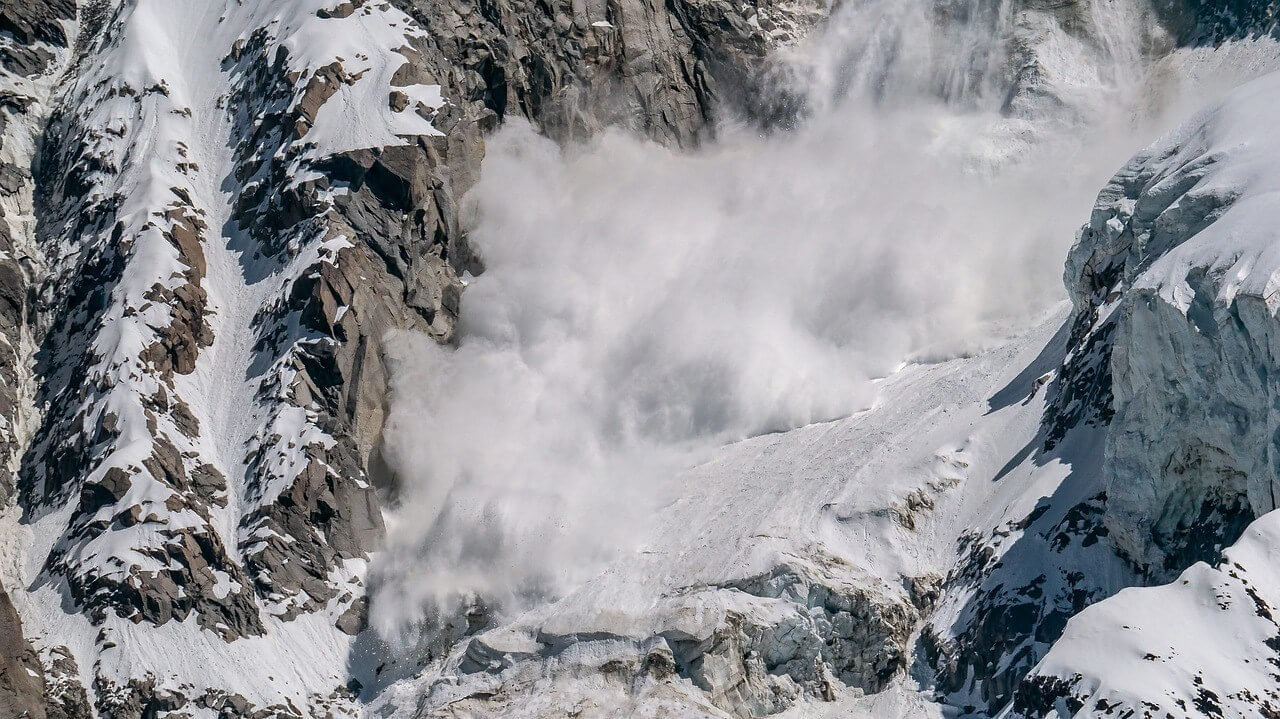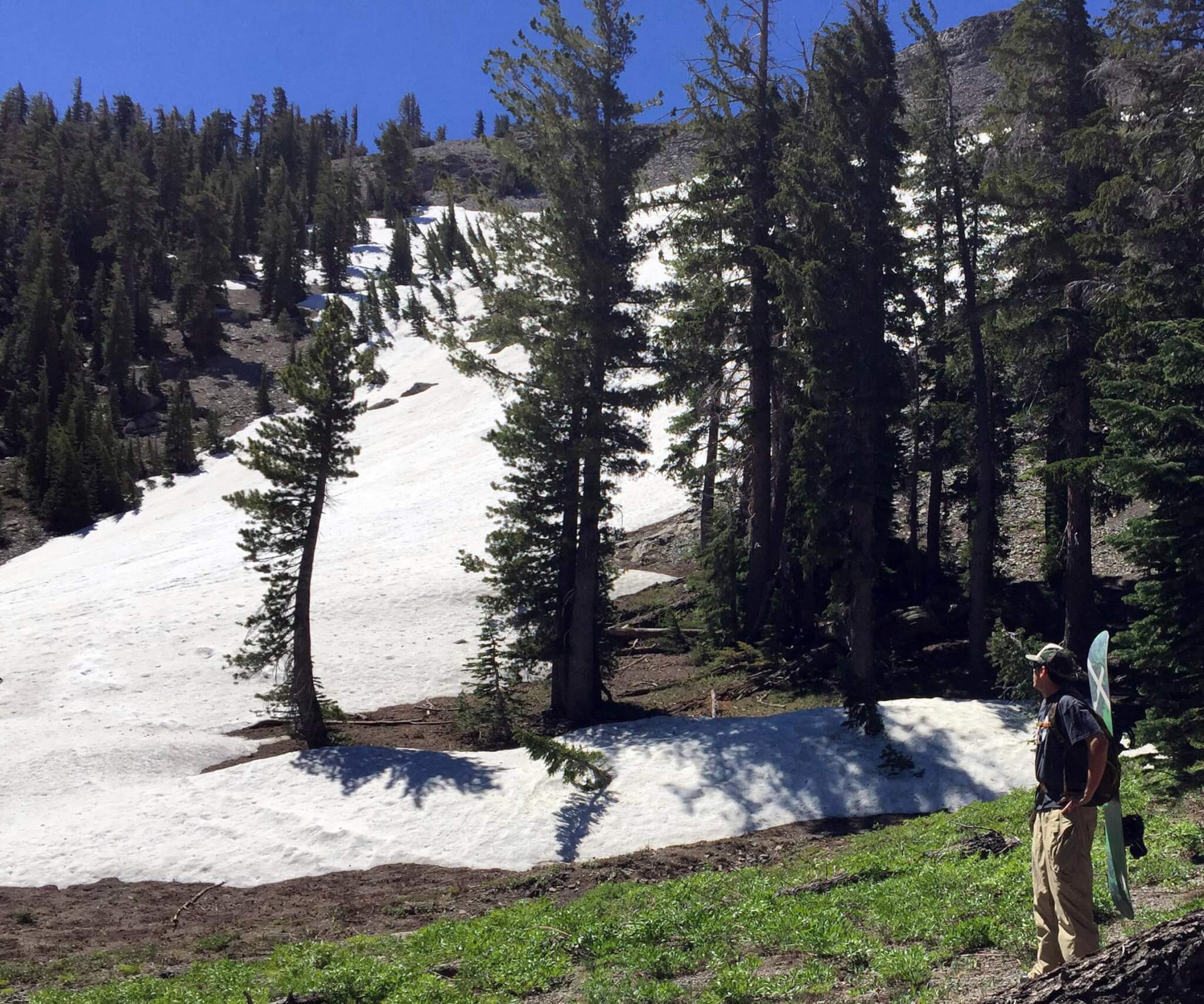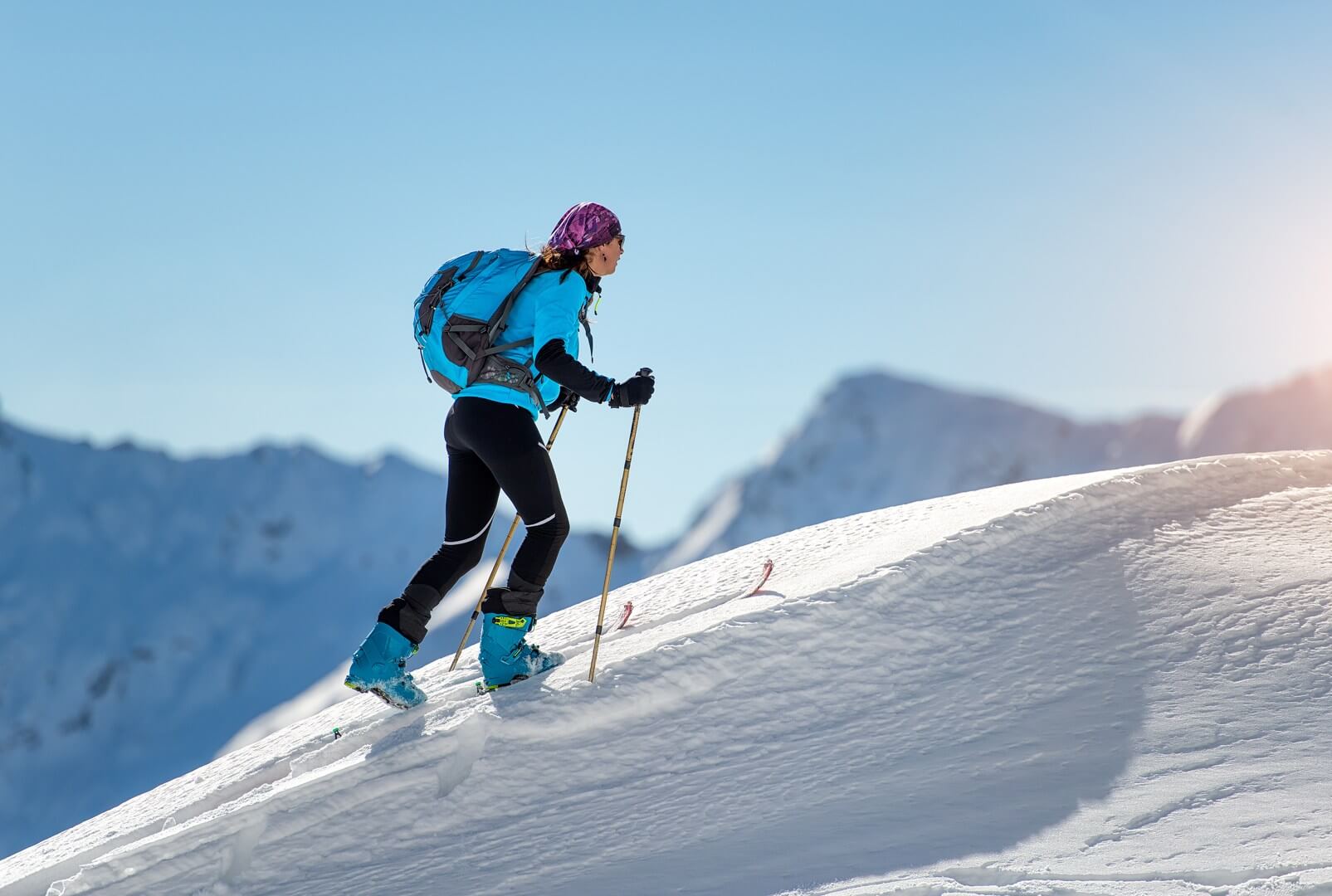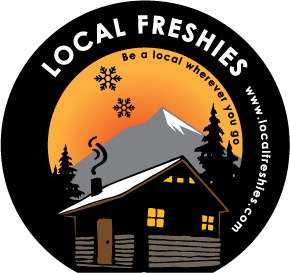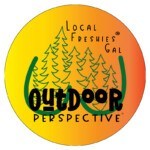During half-time of one of Tahoe’s winters, on a warm evening off a side street in South Lake Tahoe, the Sierra Avalanche Center (SAC) held the first event of a series called “Know Before You Go.” It was an opportunity to refresh everyone’s avalanche preparedness skills and a chance heighten awareness. Many people have died this winter. This program was a reminder that when in the backcountry, it’s up to us to keep ourselves safe. With a crowd that covered the entire spectrum from 6-60; with couples and singles throughout, you can see that people living in South Lake Tahoe were eager to learn more. Here’s a rundown of some backcountry skiing tips before you step out into the great unknown this season.
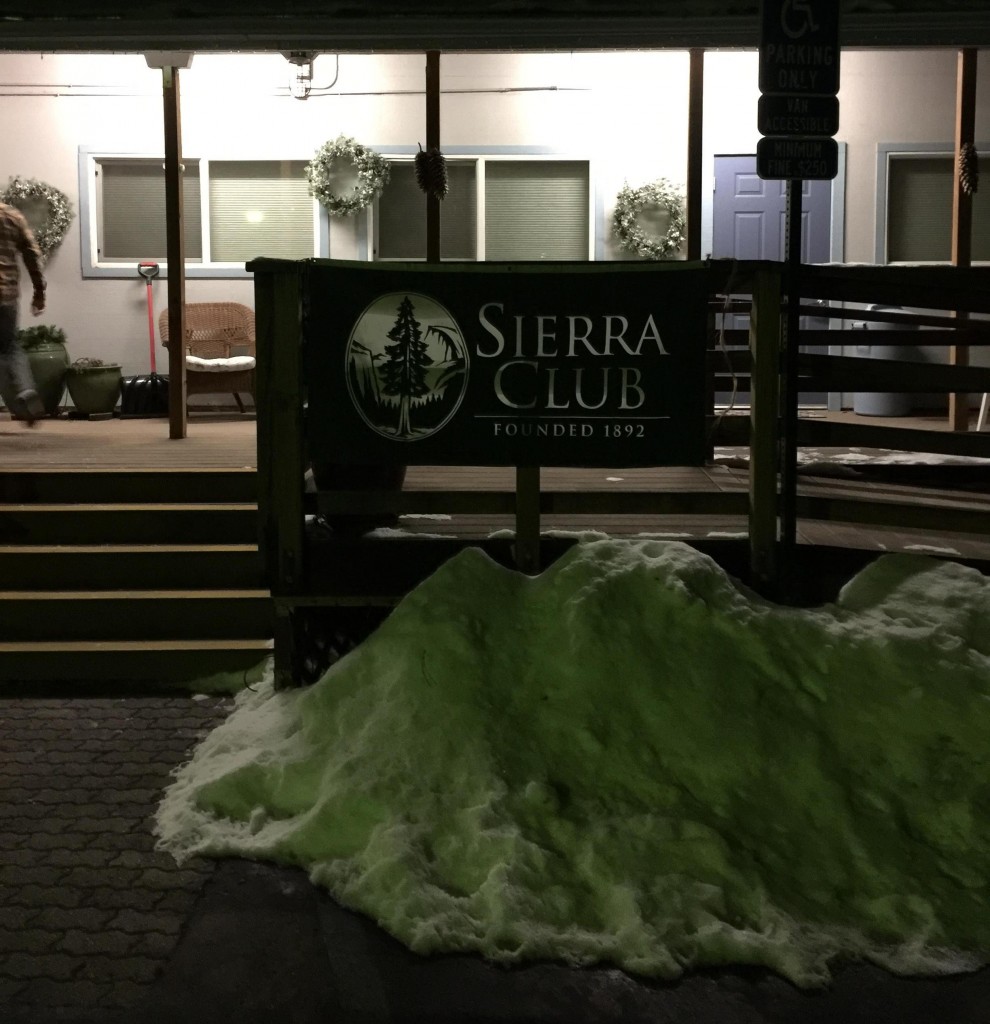
KBYG – The Movie
As the lights dimmed David Reichel with SAC kicked off the movie. This short film highlighted the dangers of the backcountry, some challenges the pros are facing on a daily basis and finally the 5 backcountry skiing tips / steps of keeping yourself safe.
Get the gear
At a minimum everyone that ventures out into the wilderness during winter should have a beacon, shovel and probe.
- Beacon – a transmitter that sends and receives a signal so that you can find a person that is buried feet below the snow surface
- Shovel – backcountry shovels are small and collapsible so they fit in your pack; metal is a must (do not buy plastic)
- Probe – long metal extendable rod that is used for exploring avalanche debris to pinpoint a buried party member
Get the forecast

Once you have the gear, the next thing is to read the forecast to get a basic understanding of where the most dangerous areas in the mountains will be on that day. I know we all envision these forecasters getting up at 4 a.m. to climb a mountain to dig a snow pit and ski down in the middle of darkness to turn in the results, but in reality this isn’t true. The forecasters base their reports on what the observers have provided over the past few days plus what the weather will be like. If weather patterns differ from what was forecasted, the report could be off and plans need to be adjusted accordingly.
Get the education
Even with the gear 25% of the people who do die from an avalanche end up dying from a blunt trauma. The best way to be safe is to get trained on how to read terrain and understanding where it could be dangerous to ski or snowboard so that you can avoid it. To find training in your area please look at the AIARE website found here to find training near you. If you want to learn more about taking avalanche classes and what to expect take a close look at our article: Heading Back To School – What You Need To Do As A Beginner Backcountry Skiing
Get the picture
When you do finally head up into the mountains “listen” to what they are telling you. Are there avalanches occurring in terrain that looks like the type of slope that you want to ride? Is there a quicker warm up than they predicted? Observe the clues around you. While out in the field you should be continually making observations to determine the plan of action. If the snow differs from what was expected, adjust your trip accordingly. In Jeremy Jones’ words “Sometimes the mountains say get outta here! Sometimes they’re saying come on it’s time to party!” We have to learn to listen.
Get out of harm’s way
In the end no matter how well you did the above steps, there’s still more to it. For example after you slay the gnar and are at the bottom, you need to make sure to ride to a safe zone. Don’t be the one to hang out below in an avalanche path, looking up at your friends. It’s all about making good choices.
Those films are available to anyone. Take a few minutes and check out the backcountry skiing tips / steps we should all take when playing in the mountains:
Reality Check – Avalanches are happening right now!
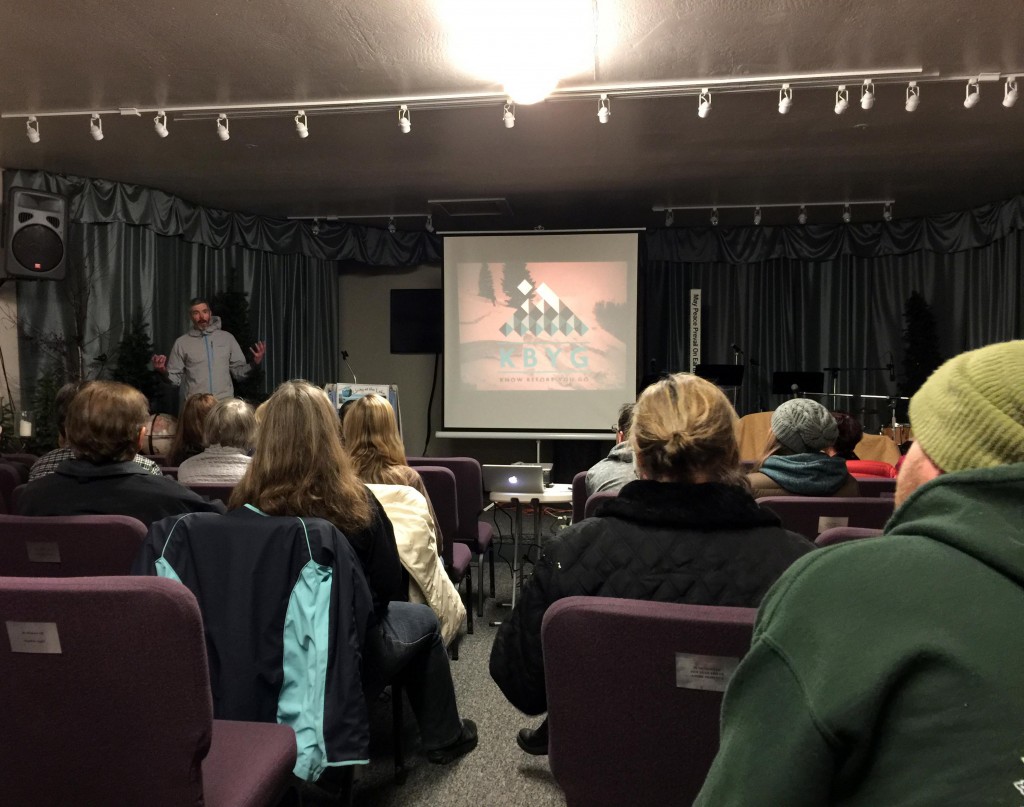
As the film concluded David Reichel came up to the front of the room and asked us what was the last major avalanche cycle in Tahoe. Looking around a few responded by stating Friday night into Saturday morning. He nodded and began to state that the rapid warmup plus the deluge of rain caused a wet slide avalanche that was over a 1000 feet long with debris the size of a human being. This happened on the “sweet spot” of what we all love to ski and snowboard, the 30-45 degree slope angle. Any steeper, the terrain manages itself. Anything less steep the slope will not slide as often but it’s not as fun. No matter how smart we think we are 93% of all avalanche fatalities are caused by humans meaning that we can keep ourselves safe in the wilderness.
New technology isn’t the answer and never replaces knowledge
David then brought up a few of the new products available to backcountry enthusiasts. No matter the product you can still die if you don’t use your brain.
ABS Bag
ABS or Air Bag System works like an airbag in a car. When you get into an avalanche you pull the chord and a huge balloon blows up. Moving snow works on the principles of inverse segregation. This phenomenon discovered through physics is when a moving mass, such as and avalanche, happens larger objects rise to the top. While this is a great tool, one thing to note in our area is Tahoe is forested there is a less likelihood this could save you due to blunt trauma.
Avalung
This hose works similar to a snorkel. When you get into an avalanche you breathe into it and the carbon dioxide gets pushed behind your back so that instead of only last fifteen minutes under the snow you can possibly last up to 60 minutes.
Recco Pants
Recco has partnered with many outerwear manufacturers to put a chip into your garments. While this is a very reliable system, it’s mainly used by industry professionals. When you are in the backcountry with your friends this technology probably won’t be available.
New products and skills are being identified and improved all the time. In the end the message was clear. The focus should be on training and being aware of what the mountains are telling you. We hope these backcountry skiing tips help you stay safe and have fun at the same time. If you’re just beginning your journey into the mountains or a touring fanatic, consider exploring our backcountry guide. It highlights everything from how to get started, education & training, tips on staying safe, gear reviews, news, and more.






